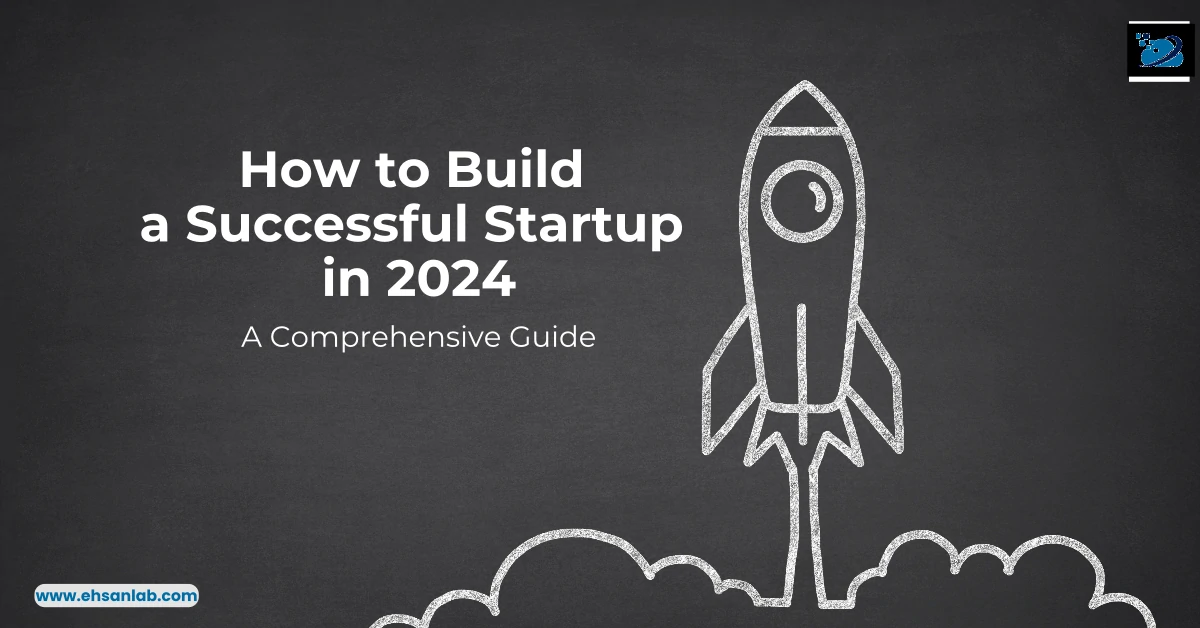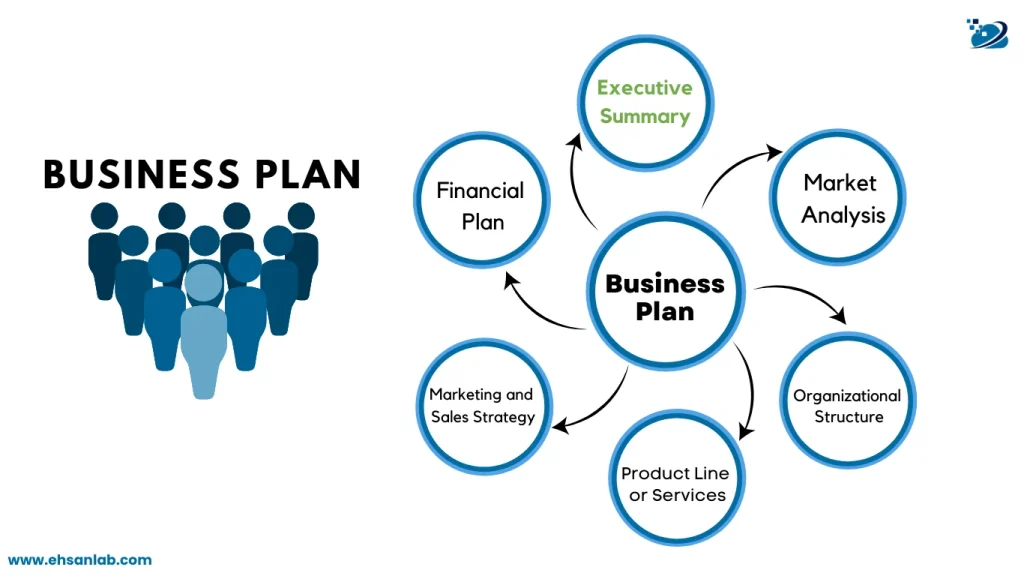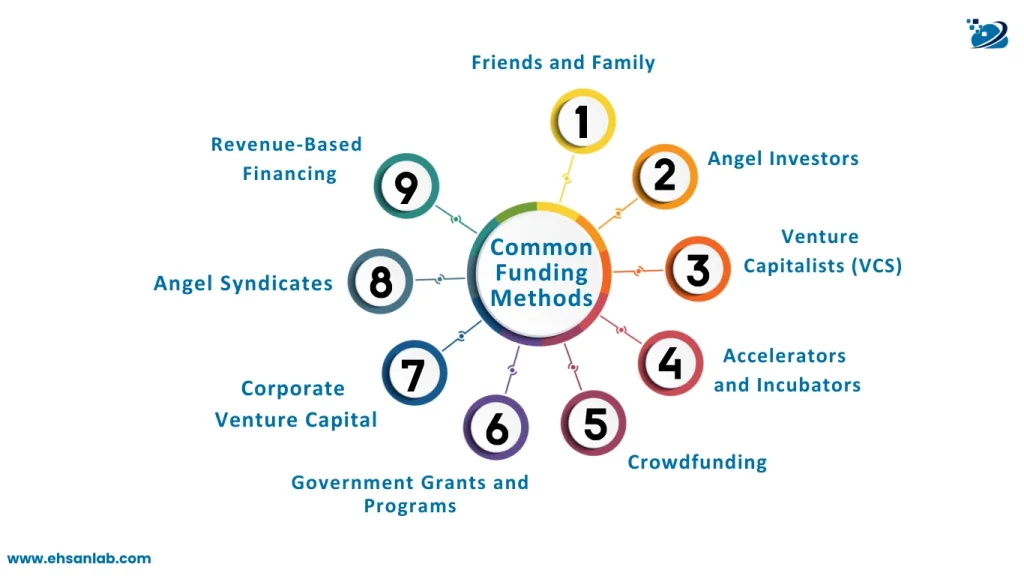
According to a report by CB Insights, 42% of startups fail because there is no market need for their product. This statistic underscores the importance of thorough market research and strategic planning in the early stages of your startup.
The startup world is an exciting and dynamic landscape. It’s a place where innovative ideas can transform into groundbreaking businesses. But how do you navigate this exciting yet challenging terrain? This blog post will equip you with the essential steps to build a successful startup, from ideation to launch and beyond.
Identify a Problem and Develop a Unique Solution
The foundation of any successful startup is solving a real problem faced by a specific target audience. Spend time researching and understanding the pain points of your potential customers. Conduct market research, analyze trends, and gather feedback from your target market to validate the need for your proposed solution.
Conduct market research: Talk to potential customers, understand their pain points, and see if there’s a gap in the current offerings.
Validate Your Idea
Before investing significant resources, it’s crucial to validate your idea. This process involves testing your assumptions, gathering feedback, and assessing the market’s receptiveness to your proposed solution. Consider creating a minimum viable product (MVP) or a landing page to gauge interest and gather valuable insights from potential customers.
Lean Startup Methodology:
The Lean Startup methodology, popularized by Eric Ries, emphasizes iterative development and customer validation. By following this approach, you can pivot or refine your idea based on real-world feedback, minimizing risks and increasing your chances of success.

Build a Solid Business Plan
A business plan for a startup is an essential document that outlines your goals, target market, marketing strategies, and financial projections. It serves as a roadmap to keep you organized and on track. According to the Small Business Administration (SBA), businesses with a formal business plan are 16% more likely to achieve viability.
Key components of a business plan include:
- Executive Summary: A brief overview of your business idea.
- Market Analysis: Detailed research about your industry and target market.
- Organizational Structure: Your business’s management and staffing plan.
- Product Line or Services: Information about what you’re selling.
- Marketing and Sales Strategy: How you plan to attract and retain customers.
- Financial Projections: Revenue, expenses, and profit forecasts.
For assistance, check out the SBA’s business plan template.

Legal and Financial Considerations
- Choose a business structure: Sole proprietorship, partnership, LLC, or corporation? Each structure has its own legal and tax implications. Consult with a lawyer to determine the best fit for your startup.
Secure Funding
Bootstrapping
Many startups begin with bootstrapping, where founders use personal savings to fund their business. While this method retains full ownership, it might limit your growth potential.
Investors and Venture Capital
For substantial funding, consider seeking investors or venture capital. According to the National Venture Capital Association (NVCA), U.S. venture capital firms invested approximately $156.2 billion in 2020. Use platforms like AngelList and Crunchbase to connect with potential investors.
Crowdfunding
Platforms like Kickstarter and Indiegogo allow you to raise funds from the public. Crowdfunding can also help validate your product idea and build a customer base.

Assemble the Right Team
A strong and dedicated team is essential for the success of your startup. Identify the key roles and responsibilities needed, and carefully evaluate potential candidates based on their skills, experience, and cultural fit. Foster a collaborative and innovative environment that encourages creativity and problem-solving.
Building a Diverse and Inclusive Team
Diversity and inclusion are increasingly recognized as drivers of innovation and success. According to a Boston Consulting Group study, companies with diverse management teams have 19% higher revenue due to innovation.

Develop a Minimum Viable Product (MVP)
An MVP is a basic version of your product or service that allows you to gather real-world user feedback. According to Steve Blank, a Silicon Valley entrepreneur, focusing on building an MVP first helps in “getting out of the building” and validating your assumptions quickly.
- Prioritize core functionalities: Focus on the essential features that solve the core problem you identified.
- Gather user feedback: Release your MVP to a limited audience and actively collect feedback to iterate and improve your product.
Launch, Market and Grow Your Startup
Create a Marketing Plan
Develop a comprehensive marketing plan that includes digital marketing strategies such as SEO, content marketing, social media, and email marketing. According to HubSpot, 61% of marketers say improving SEO and growing their organic presence is their top inbound marketing priority.
Leverage Social Media
Platforms like Facebook, Instagram, and LinkedIn are crucial for building brand awareness and engaging with customers.
Measure Results
Track KPIs relevant to your business model, such as monthly recurring revenue (MRR) for SaaS companies or conversion rates for e-commerce stores. Regularly analyze data to optimize processes and inform future decisions.
Leverage Data and Analytics
Utilize data and analytics to track your marketing efforts, measure their effectiveness, and make data-driven decisions. Tools like Google Analytics, social media analytics, and customer relationship management (CRM) software can provide valuable insights into customer behavior and preferences.
Prioritize Customer Experience
Consistently delivering an exceptional customer experience is crucial for building brand loyalty and driving growth. Regularly gather customer feedback, address pain points, and continuously improve your products or services to meet and exceed customer expectations.

Conclusion
Building a startup involves a combination of creativity, strategic planning, and relentless execution. By following these steps—defining your idea, creating a business plan, building a prototype, securing funding, product development, and marketing—you can increase your chances of creating a successful business. Remember, entrepreneurship is a continuous learning process, and adaptability is key. Embrace failures as learning opportunities, stay agile, and never stop innovating.

